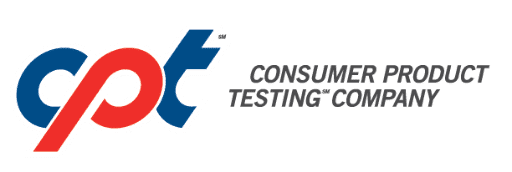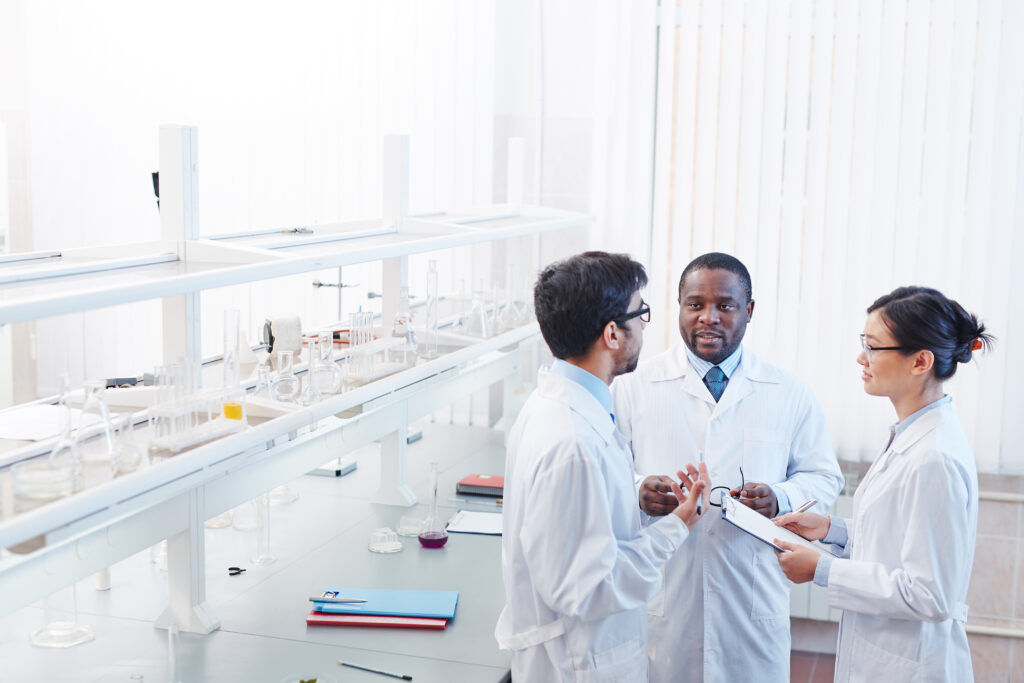What is Method Validation?
The United States Pharmacopeia (USP) defines method validation as a process by which it is established, through laboratory studies, that the performance characteristics of a method meet the requirements for its intended analytical applications. The USP goes on to state that Method Validation typically evaluates the following analytical characteristics of a method: Accuracy, Precision, Specificity, Detection Limit, Quantitation Limit, Linearity, Range and Robustness. Depending upon the type of method and its application, not all the analytical characteristics indicated above will be required for validation.
Accuracy refers to the closeness of test results obtained from an analytical method to the true value. The accuracy of a method must be determined across its range of application.
Precision is defined as the degree of agreement among individual test results when the method is applied repeatedly to multiple samplings of a homogenous sample.
Specificity is the ability of a method to assess unequivocally, the analyte in the presence of components expected to be present such as impurities, degradation products, other ingredients and other possible matrix interferences.
Detection Limit is a characteristic applied to Limit Tests and refers to the lowest amount of analyte in a sample that can be detected, but not necessarily quantitated.
Quantitation Limit is a characteristic of quantitative assays for low levels of compounds in sample matrices, such as impurities and degradation products. It is the lowest amount of analyte in a sample that can be determined by the method with acceptable precision and accuracy.
Linearity is the ability of a method to generate results that are directly proportional to the concentration of analyte in samples across the method’s range of application.
Range of an analytical method is defined as the interval between the upper and lower levels of analyte that yield suitable Precision, Accuracy and Linearity.
Robustness is a measure of a method’s capacity to remain unaffected by small but deliberate variations in procedural parameters.
Specific details regarding method validation may be found in USP General Chapter <1225> entitled “Validation of Compendial Procedures”.
Must USP Methods be Validated?
There is no general requirement that USP methods be validated because they were successfully validated prior to their inclusion within the USP. It is required, however, that the suitability of USP methods be determined under actual conditions of use, i.e., for the specific sample to be tested and by the laboratory doing the testing. USP methods and Compendial methods in general (e.g., BP, and EP) must be verified.
Our Capabilities
CPTSM maintains state-of-the-art Analytical, Microbiological, Clinical, Photobiology and In Vitro Toxicology laboratories, all at a high level of regulatory compliance and at your immediate disposal for determining the quality, safety, stability and efficacy of your products.
CPTSM regularly conducts all types of testing in our specialized departments on a wide range of products including pharmaceuticals (OTC and Rx), medical devices, dietary supplements and personal care/cosmetics. Our in-house experts offer one-on-one guidance in selecting the most appropriate and cost-effective testing strategies for your products.
Regulated products require testing of the highest accuracy, conducted within an environment of full regulatory compliance. Because the accuracy of test results and the level of compliance under which they were generated are of equal importance to our professionals at CPTSM, just as they are to FDA and other regulatory agencies, please allow us to assist you with all of your testing needs.

